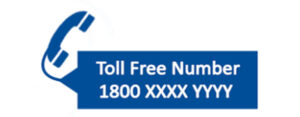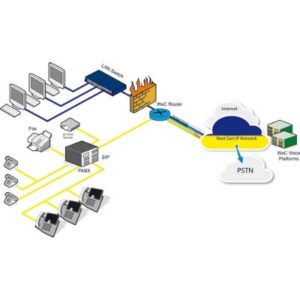Voice Solution
Empowering Connectivity: SIM Card Technologies, SIP, Toll-Free Numbers, and PRI

Explore various SIM card technologies including Chip SIMs, standard SIM cards, and eSIMs. Learn about the benefits of different SIM card sizes like Full-Size, Mini, Micro, and Nano. Discover how SIM cards enable data portability and enhance user experience in modern smartphones also offer dual-SIM capabilities, allowing users to utilize two separate mobile numbers on a single device.
The evolution of SIM card technology has brought about various benefits, including ease of use, data portability, and access to special network perks. Users can seamlessly transfer their SIM cards between devices to maintain their usage patterns and phone numbers. Additionally, SIM cards enable travelers to access local numbers through prepaid options, enhancing connectivity while abroad.
In today’s digital landscape, SIM cards play a crucial role in mobile communication, providing users with flexibility and convenience. Whether it’s traditional SIM cards or the latest eSIM technology, the versatility of SIM cards continues to shape the way we stay connected in an increasingly mobile world.
 Session Integrated Protocol
Session Integrated Protocol
Session Initiation Protocol (SIP) is pivotal in modern tech, ensuring seamless communication. SIP facilitates real-time sessions for voice, video, and messaging over IP networks. It’s integral to VoIP, video conferencing, and instant messaging. SIP works through message exchange, enabling session initiation, confirmation, and termination. Its scalability, interoperability, and cost-effectiveness make it invaluable, powering unified communications, call centers, and IoT applications. What is a Toll-Free Number
What is a Toll-Free Number
A toll-free number, despite the term “free,” refers to a business line allowing callers to reach the company without charge. The company incurs both incoming and outgoing call costs. Toll-free numbers enhance customer accessibility, operate 24/7, and boost satisfaction. Premium toll-free numbers expand business reach without physical infrastructure investment. Toll-free number solutions streamline customer interactions, offering better service. Types include Universal International Freephone Numbers (UIFN), International Toll-free Numbers, and Domestic Toll-free Numbers, each suited for different business needs and scopes.
 What Does Primary Rate Interface (PRI) Stand For?
What Does Primary Rate Interface (PRI) Stand For?
PRI, employing T-carrier tech, has operated for 3+ decades, utilizing time-division multiplexing for data transmission. Once popular, its usage declined with VoIP rise. PRI adds 23 lines swiftly, ensuring scalability. It offers 64 kbps/channel, clarity, reliability, and flexibility. E1 and T1 vary geographically, but both support 64 kbps. VoIP integration with PRI enhances communication options, especially for enterprises. With scalability up to 23 channels per line, businesses can easily expand their dialing capacity. Despite its age, PRI remains stable and reliable, particularly when paired with SIP trunking or hosted PRI PBX solutions for unified communications tasks.Our Services
One of emerging digital technology farm consistently delivering exceptional and cost-effective solutions to our customers being a single source for all your IT needs.
- Connectivity
- Broadband
- IoT Solutions
- Enterprise Mobility
- Business Communications
- Cloud Services
- Cyber Security
- Software and SAAS
- PRI Voice & Sip Trunk
- Zoom License
- Microsoft 365 License
- G-Suite License
- Toll Free Number
- Audio & Video Conference
- VoIP
- Firewalls
- Disaster Recovery Solutions
- Azure Cloud Services
- Cloud Telephony Services
- Bulk SMS
- Whatsapp Integration
- Web Security
- Enterprise VoIP-International Calling
- Enterprise VoIP-Domestic Calling
- Remote Infrastructure
- Cloud Connect
- Data Servers
- Chat Bot
- Endpoint Security
- Managed WIFI
- Managed SD-WAN
- Managed Internet
- Managed Security
- Mist AI & Cloud
- Enterprise Mobility
- Business Communications
- Biometic
- Laptops, Mouse
- Projectors
- Chat Bot
- Cables, Switches, Routers
- Firewalls
- Landlines
- GSM (Global System Monitor) Gateway
- Data Servers
- Colocation
For all your needs in IT & Infra
Connect the best with over a 10 years of experienced team
